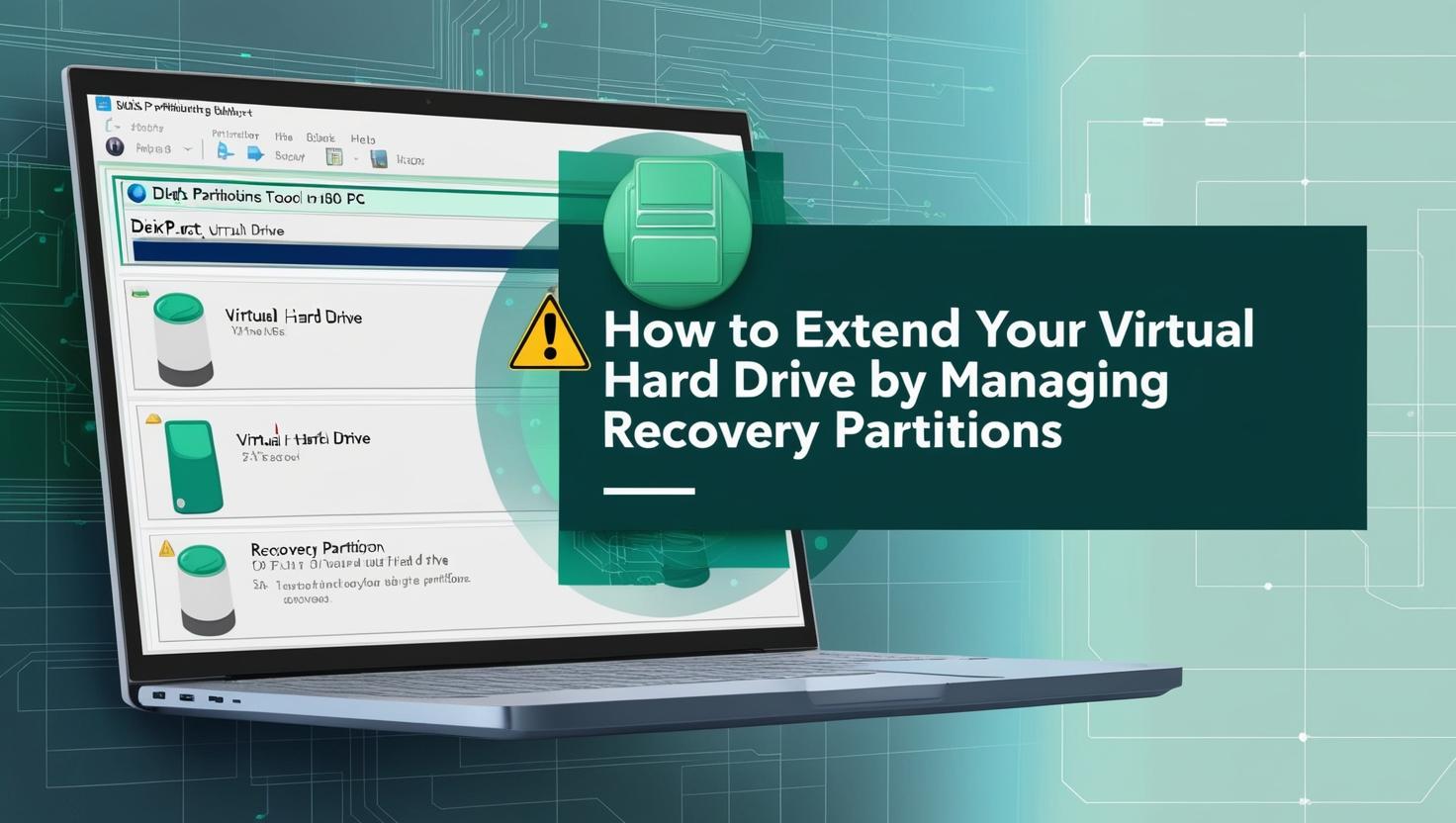How to Build a REST API with Node.js and Express
In this tutorial, we’ll walk through the steps to create a simple REST API using Node.js and Express. By the end, you’ll have a fully functional API that can handle CRUD (Create, Read, Update, Delete) operations. Prerequisites Before we begin, make sure you have the following installed: Step 1: Set Up Your Project Step 2:









